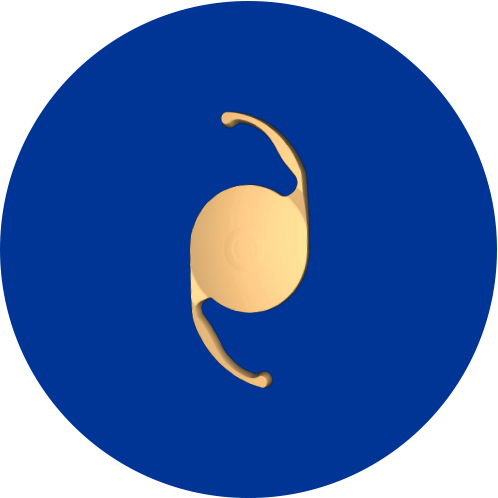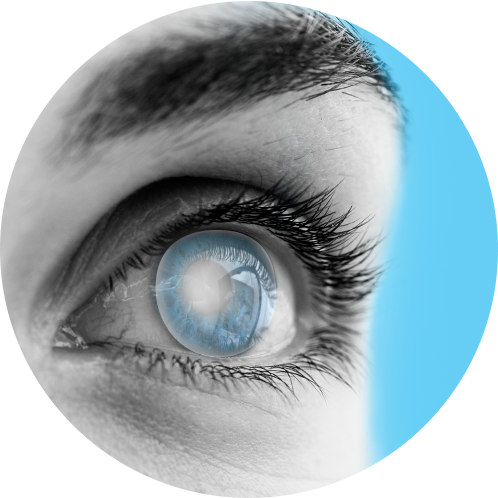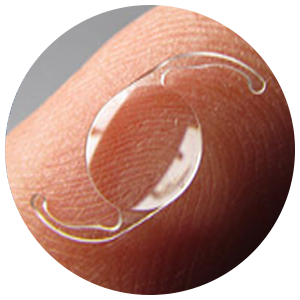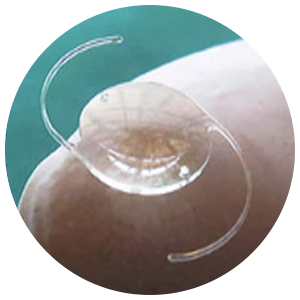Live life without Cataracts



Cataract
an eye condition we will all develop
at some point in our lives.1
BUT WHAT IS
A CATARACT?
A cataract is a clouding of the eye’s natural lens. This diffuses the rays of light in your eye, making it appear as if you are looking through a fogged window2. It becomes difficult to see clearly and can even cause blindness over time.3
Cataracts are progressive, meaning they worsen with time. Most cases occur in older people, but sometimes they can be seen in younger people as well.4


A closer look
at cataract
Light enters your eye and passes through the lens. The lens of your eye focuses light onto the retina, which transmits visual signals through the optic nerve to your brain. Clouding of the lens due to cataracts results in blurring of the images you see.
Other problems with the eyes can also cause blurry vision, but cataracts produce some characteristic symptoms that you should be aware of in order to keep your vision unaffected.5
How is your
vision affected?
Symptoms
Because cataract symptoms usually come on slowly and insidiously, many patients will be able to see the first signs of cataracts during an eye exam – before they even realize that their vision is deteriorating.6

SHOULD YOU BE WORRIED?
The straight answer is no.

A normal
sign of aging
Most people over the age
of 65 develop cataracts.2

You have
different options
You have options to choose
the vision you want to achieve
after cataract surgery.2

Safe and
reliable
Cataract surgery is one
of the most successful surgical
procedures of all time.2
How can cataract
be treated?
Surgery is the only way to treat cataracts,
but you may not need it right away.

Monofocal
Lenses
These lenses have a single focal point for clear distance vision. While distant vision is improved, most patients still need to wear glasses for near vision activities, like reading.8

Astigmatism
correcting lenses
These lenses are designed to provide a full range of clear and sharp vision.8

Multifocal
lenses
These lenses are designed to provide focus for both distant and near objects. They can correct for near-sightedness, farsightedness and presbyopia.8
References
- https://www.nei.nih.gov/health/cataract/cataract_facts. Accessed 05/06/2019. Desai P, Reidy A, Minassian DC. Profile of patients presenting for cataract surgery inthe UK: national data collection. Br J Ophthalmol 1999;83:893-896.
- Cataract. Kellogg Eye Center website. https://www.umkelloggeye.org/conditions-treatments/cataract. Accessed February 09, 2023.
- Cataracts. Mayo Clinic website. https://www.mayoclinic.org/diseases-conditionals/cataracts/symptomscauses/syc-20353790. Updated June 23, 2018. Accessed February 09, 2023
- https://www.medicinenet.com/cataracts_pictures_slideshow/article.htm
- https://www.medicinenet.com/cataracts_pictures_slideshow/article.htm
- https://www.aoa.org/healthy-eyes/eye-and-vision-conditions/cataract?sso=y
- https://www.nei.nih.gov/learn-about-eye-health/eye-conditions-and-diseases/cataracts
- https://www.erielasereye.com/our-services/cataract-surgery
- Please refer to the relevant product operator’s manual for a complex list of indications, contradictions, and warnings

